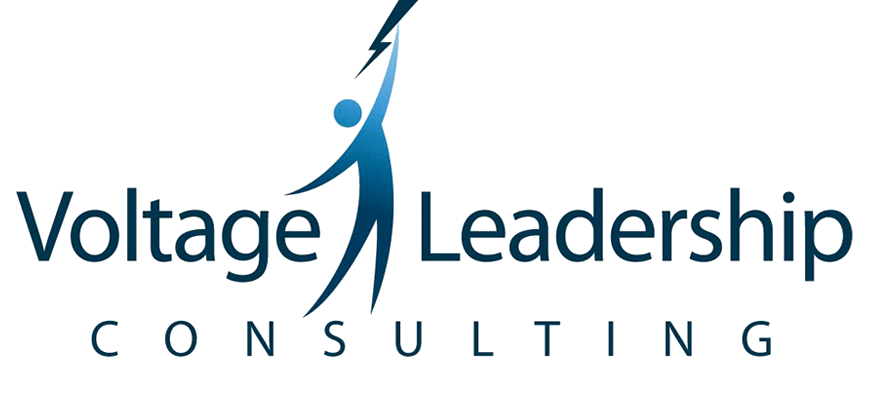INNOVATION INC: 2 KEY INGREDIENTS FOR CREATING INNOVATION ENVIRONMENTS THAT WORK
What does it take to get people to bring their best new ideas to the table? How can leaders foster creativity and innovation in ways that deliver results? We hear all the catch phrases and buzz words, but the question I hear from leaders most often is simply, “How can I get started?”
There is a simple two word answer to that question, and it doesn’t require big capital investments and lots of infrastructure. It does take intentional effort.
Those two words are: Time and Trust.
Time and trust: these two ingredients create climates within organizations, teams and individuals that allow them to engage in several practices critical to the creative process.
When time and trust are present, people can:
1. think strategically, as opposed to reacting with fear or out of habit
2. freely ask questions, give feedback and offer insights and ideas with a sense of open curiosity
3. work on their ideas independently, without cumbersome restrictions or lengthy evaluative processes.
These creative environments tend to work with significant speed, and productivity is high because people love what they are doing. They work hard because they want to, and can think clearly more quickly because they are not feeling threatened by their colleagues or their leadership. Everyone is focused on the real external threats, not the unnecessary internal threats.
When time and trust are not present, people act out of fear, make reactive decisions, and self-protect instead of collaborate. Scared people might get up the motivation to work on a new idea, but the idea has been motivated externally by a threat-reward system. It’s an idea drenched in fear. Ultimately the organization loses.
In the fear-based organizations I encounter, I find creative people working at a fraction of their potential. Significant energy is spent developing political strategies to navigate the organization’s culture of intimidation, distrust, and infighting. These people work more and more in silos because it is safe, robbing themselves and their colleagues of the collective creativity, learning, knowledge and resources of the whole group. I come away thinking, “The brilliance of this team is being wasted.”
The dollar value of that lost intellectual power is staggering: all that time and energy misspent.
It isn’t only fear-based organizations that create underperformance. Underperformance is created simply be the absence of trust. High-trust teams tend to produce great quality work. But a climate of trust takes intentional effort to create. It does not happen by accident. Steps must be taken to actively build trust, collaboration and a strong sense of inter-dependence. When these steps are taken, people’s capacity to bring their best ideas forward and function at their full power and potential is released. Great things begin to happen in the presence of trust that were not possible in its absence.
How do you build trust on teams?
It takes time and intentional effort. I’ll offer some further steps in my next blog posts, but here are a couple of things you can do today to begin to cultivate trust on your team:
1. Begin with curiosity. When someone brings an idea, pause, reflect, then ask questions. Thank them for the idea. Wait a moment before you evaluate their idea. Your questions will give your team members time to think, question and learn for themselves, and your appreciation will ensure they keep thinking creatively.
2. Give people permission to fail. Mistakes are proof that people are doing something: they are trying. When we experience errors as opportunities to learn, grow and change, people become more resilient, smarter about their choices and plans, and performance increases more quickly.
The most valuable asset you have is the imagination of your workforce. They won’t offer it to you unless they trust you, so be curious, ask questions, and give your people permission to try new things.
With these tools in your tool belt, you can begin building your very own Creativity INC.
